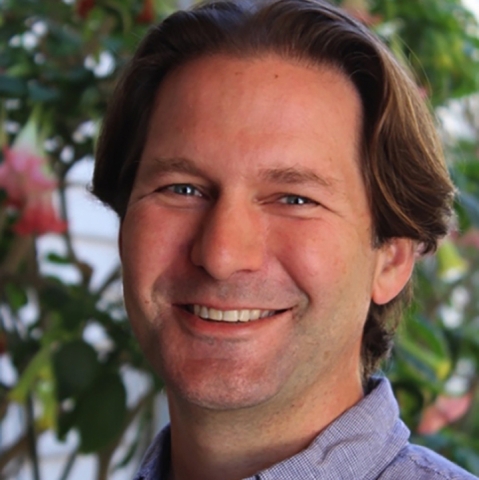Climate Forward: UC Santa Barbara receives $1 million to develop climate action capacity
UC Santa Barbara has received $1 million to kickstart climate innovation and entrepreneurship on campus. The funding is part of $15 million in grants for such efforts across the UC system, and part of an even larger UC enterprise in support of California’s climate action goals, including new methods for carbon capture and innovative coping strategies for drought, wildfire and other impacts of a warming planet. The grant to UCSB will be managed by the California NanoSystems Institute (CNSI) at Elings Hall, a center for science and innovation focused on integrated research and discovery.
“There is a need to accelerate the deployment of tools and technologies that will help solve environmental problems throughout the state of California,” said Professor Kelly Caylor, associate vice chancellor for research. “UCSB has great climate-related research happening across campus, and these innovation and entrepreneurship funds will help translate discovery into societal impact faster.”
CNSI plans to put out a call for applications in early April. The announcement will be posted on the institute’s website. Questions can be directed to Sherylle Mills Englander or Tal Margalith.
The Climate Action I&E funding will support a proof-of-concept fund to accelerate up to 10 climate action innovations in development at UC Santa Barbara or affiliated startups. The fund will enable researchers to demonstrate the viability of their technologies, including prototypes and pilot projects. It will also support user discovery, helping researchers meet with individuals who might make use of their innovations and learn about their wants and needs.
“If researchers are given the support they need to directly engage with a diversity of potential users and key stakeholders during the development process, the chances that their innovation will be successfully adopted and broadly deployed increases exponentially,” said Englander, CNSI’s executive director for strategic initiatives and operations.
The project will also enable CNSI to expand its Innovation360 Program, a series of seminars and workshops designed to acquaint researchers with the process of translating research into useful applications. “Innovation360, which will be adapted for climate action innovations, exposes researchers to the practical characteristics that innovations need to attract user or commercial interest, such as scalability and market fit,” Englander explained.
The new Climate Innovation360 program will expand its curriculum to incorporate life cycle assessment of products as well as consideration of environmental equity and justice in the deployment and development of novel technologies. “The impact of a novel environmental technology isn’t just about its engineering specs or its economic valuation,” Caylor said. “It’s about who receives the environmental benefits from its use, and who might be experiencing potential environmental harms. We’re seeking innovators who are developing solutions designed to address environmental equity and assess impacts holistically from the ground up.” Developing a climate solutions curriculum for the program should enable the award’s benefits to continue well beyond the award’s duration.
The new funding will also provide 50% support for up to 12 Climate Action I&E fellows over the course of two years. “Our plan is to partner with faculty who are interested in climate action to recruit and train cohorts of early career scientists who will pursue technology translation and entrepreneurship as major part of their postdoctoral experience at UCSB,” Caylor said. The grant will cover participation in the Innovation360 program and enable the fellows to focus on innovation and entrepreneurship around their faculty member’s research. Ideally, there will be a large overlap between fellows, Innovation360 participants and members of the proof-of-concept teams.
With the funding, the team also plans to convene quarterly Climate Action Ideation sessions for the UCSB research community. The goal is to center each one around key themes within climate resilience in order to forge new collaborations. Meanwhile, regional symposia will foster collaboration among a wide variety of participants. Innovation fellows, proof-of-concept startup awardees and faculty from across campus will join community leaders, government representatives, NGOs and corporate sustainability officers.
Caylor emphasized that these resources will be used to engage as many people as possible. “We aim to create an active, connected environment for eco-friendly innovation,” he said, “making it easier for everyone on campus to get involved and turn new ideas into practical, fair solutions for tackling climate challenges.”
Harrison Tasoff
Science Writer
(805) 893-7220
harrisontasoff@ucsb.edu

